We say that art is therapy; that through creating and pouring your dreams, fears, secrets into your craft, you release and and begin to flow in a state of lurid tranquility. All that exists is you, and sorrow, ecstasy, desire weaving itself into fabric of your making. And before you know it, there is yourself, on canvas, a textile, a sculpture, a song, or in Alyssa Karpa’s case, a collection of patches.
The story behind her work is twofold – on an immediate basis, her present body of work stands to bring awareness to current issues that women are “plagued with daily.” She sews colorful patches with phrases like, “Stake Woke,” “Science is Real,” “Grow Some Ovaries,” and “Not Your Babe.” She strives to provide people with the courage to see that there are others that stand with them. These are badges to connect with others that say: I see you. I hear you. Talk to me. I’m here. You are not alone. It’s a way to show support and express yourself silently but with impact.

“I think that it is easy to be confused and discouraged in our current world, which makes it even more important to share views and show support,” Karpa says. “For some people, showing their support towards social justices may be very vocal or it may be wearing a patch. I believe that visually showing resistance generates conversations that are necessary. I hope to give people courage to wear a patch and raise their voice.”
Her patches go beyond phrases to take a stand in the very fabric they are made from. Karpa uses 100% recycled materials she finds locally through a non profit that gathers materials artists are no longer using. Each element is made with purpose and the scraps are transformed into symbols.
“When I am creating patches, I design the letters and composition very intuitively. I tend to always have a list of phrases or words that I intend to use on patches.”

The second half of Karpa’s story is where we truly see the healing powers of art in practice. She was a young girl in pain and her deep suffering led her down a path where she almost fell into a dark hole, until she began to create.
“When I was 17, I became a victim of domestic violence and my world was suddenly tipped over. I suffered from PTSD for several years, which threw me into the psychiatric system. I almost did not graduate high school or go to college.”
Nearly killed by an abusive boyfriend, she wasn’t entirely sure of the impact it had on her, but recognizes now that it was a turning point in her life. In another interview, she said was “victim blamed, shamed, and eventually hospitalized…and until [she] was able to find the courage to make artwork about [her] abuse, [she] was constantly suffering from the weight of blaming [herself].”
Karpa explains she was fortunate to find herself at a university with a small and intimate art program, where she slowly began to make artwork about her experiences without even realizing it.
“I was not aware that I was treating my PTSD via the work I was creating. This culminated in my thesis for my master’s program, where I studied how my artwork was a therapy. Through my thesis work, I connected with members of my community who were also victims of sexual assault. The experience gave me the courage and passion to work with survivors more as well as to get my opinions out in order to help others.”

It makes sense then that emotions are her inspiration. When she feels extreme emotion of any kind, she creates and those feelings are translated. She says, “Sometimes this manifests itself into a clear visual or just a direction to follow.” It’s a pensive process where if an idea comes to mind, she does her best to write it down. Less than half of those ideas lead to a project, but she enjoys reflecting back on things she was inspired to do. For the ones that do come into fruition, she typically translates it into a medium she already works in or have previously, or may take on a new one she’d been meaning to learn.
“I do not like to think of myself as any type of artist because I am directed towards materials depending on what fits my current project…My process and materials vary depending on the project that I am working on. Recently, I’ve had a more mobile lifestyle and my artwork has needed to be compact and transportable. My patch project is an example of this.”
In the past eight years, Karpa has spanned across various mediums, most recently working with fiber art, for its many qualities and forms. She enjoys the ability to shift between all the versatility between different fibers – fabric, paper, collage, weaving, and printmaking.
“I believe that the repetition and the metaphors created through the medium captivate me and draw me to continue creating with fiber. The repetitive motions are also very therapeutic. I am a huge believer in the healing aspects of art!”
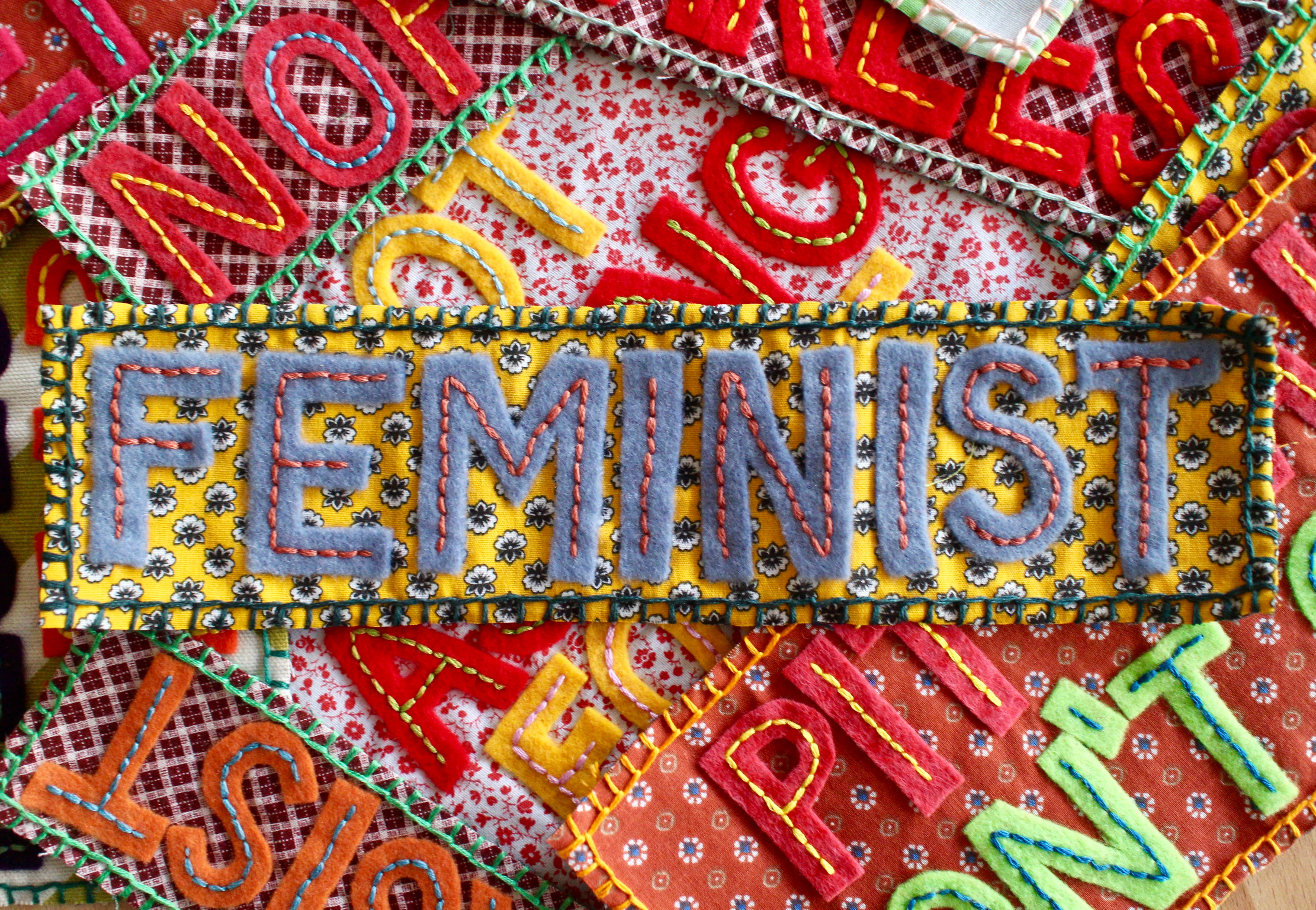
Karpa now has been a practicing artist for several years with both a BA and MFA in studio art, which she describes as “some of the most enlightening and challenging years of [her] life.” She’d recently moved to Colorado, where she has been using her art to cope with the recent election as well as other personal struggles.
“I am at a crossroads in life where I am deciding where I would like my art to go. Other than my art career, I work with a not-for-profit, Spazz Presents, to create a community for art, music, and culture in Greenville, North Carolina. Our culminating event each year is a four day music festival that brings both local and international musicians to the small town.”
She is not a full time artist now in the typical sense as she is working in different industries, but explains that she has been focused solely on art on and off for a while. With the freedom of making art full time comes obstacles though.
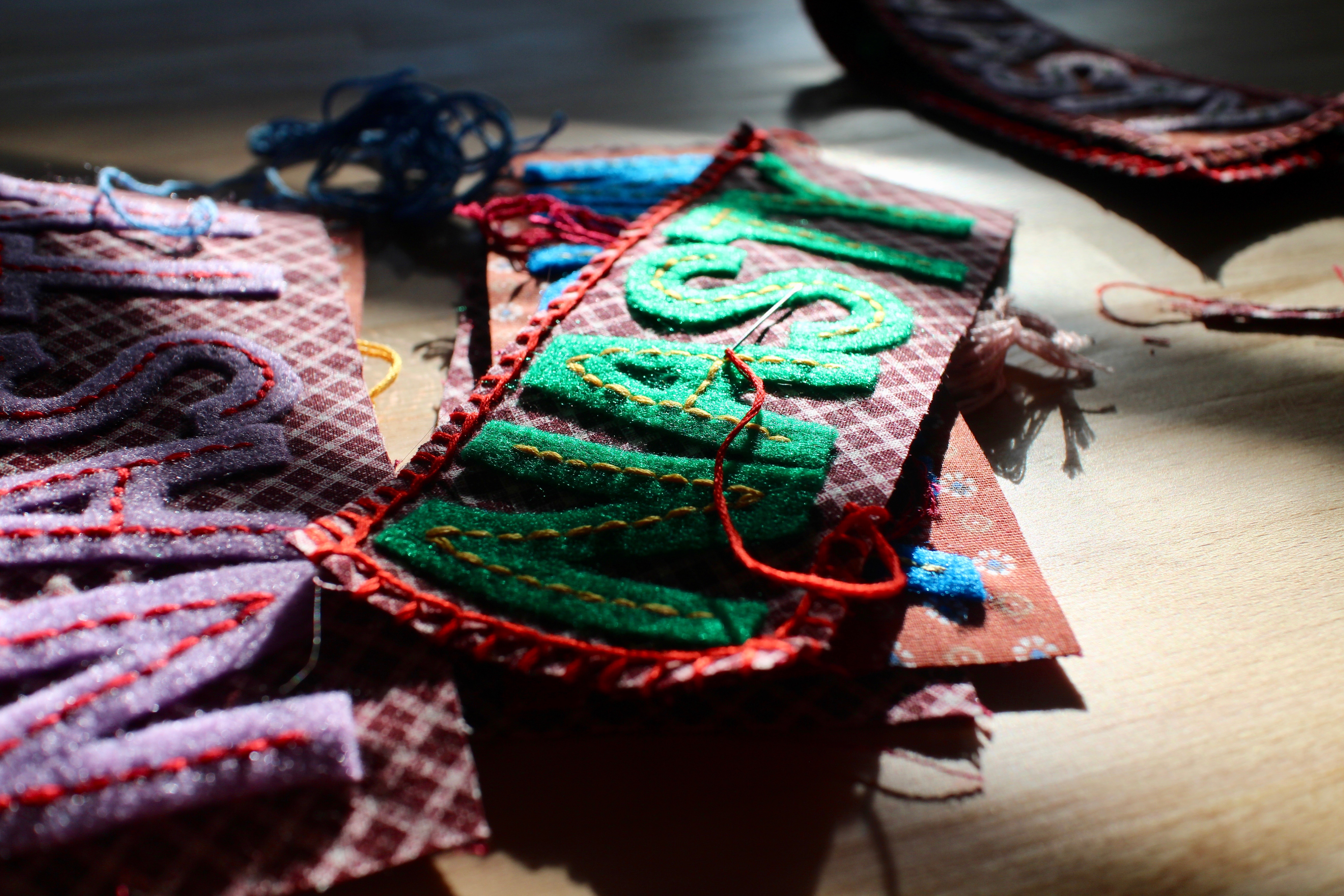
“I think that one of the hardest parts of being an artist is learning that the career is a full time hustle. I love to network and be involved in the community, though it is very exhausting. Another huge challenge is dealing with practicalities like health insurance, taxes, etc.”
She recommends being guided by your passion. If you love what you create, you’ll make sure it happens despite any trials, including inspiration. It’s finding creativity in the mundane and projects currently in process. She comes up with ideas while showering or walking, and finds new stimulus for something new while working on an existing project. And when she feels a lull, she walks away and goes outside to tune into her own thoughts.
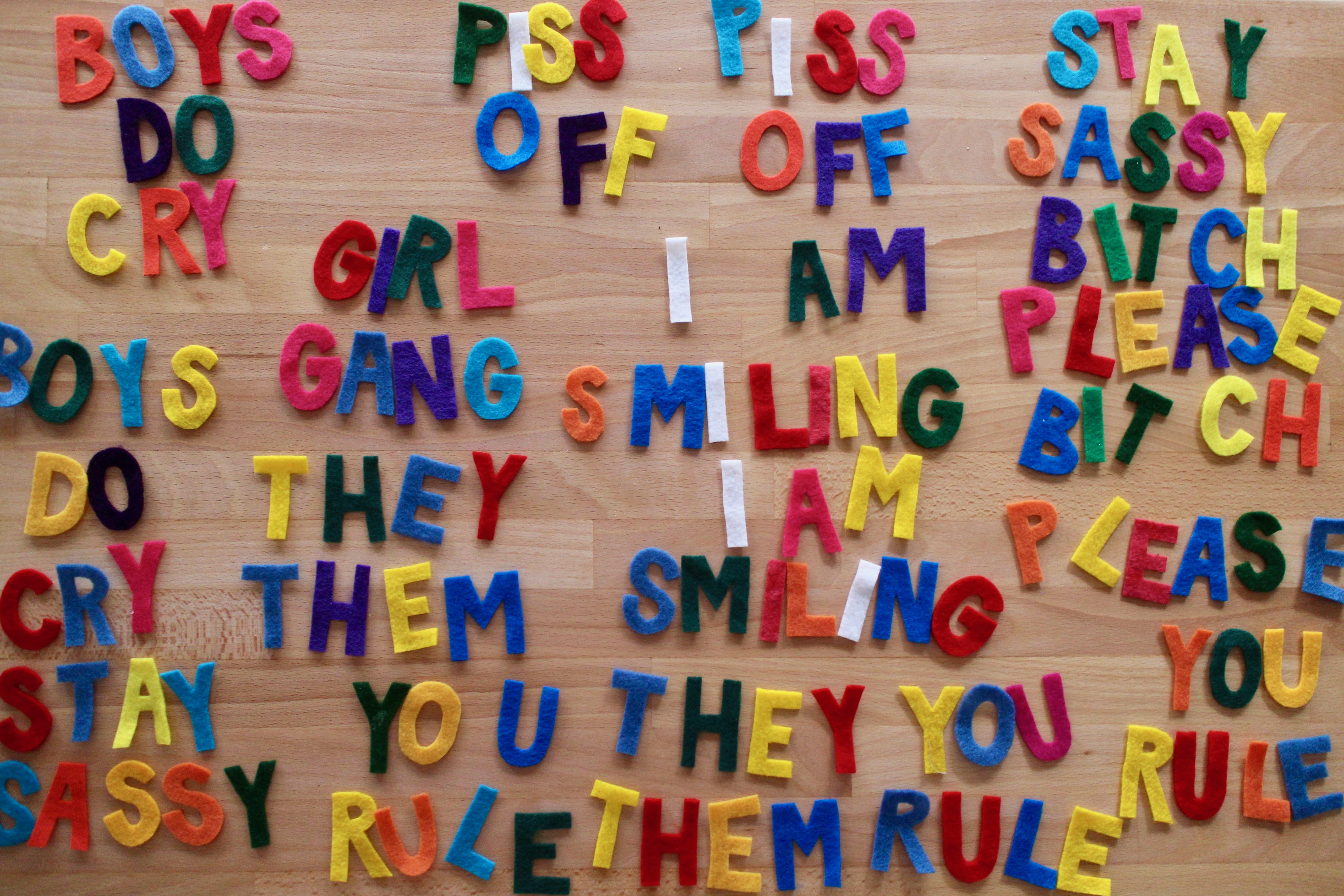
“I always wonder how I stay inspired. I naturally fidget a lot and, through my art practice, that has translated into making. I mostly make work about myself or my struggles. I would like to think that I am my own best friend and that lends itself to making artwork that is centered around my own experiences and views.”
At the same time, she says her greatest challenge is herself.
“I have a lot of anxiety and I am very aware of the fact that this affects my life. My artmaking is definitely a therapy for this. I also stay very active and spend as much time outside as possible. I am always working on creating ways to be my best self.”

Moved most by nature, she spends as much time as she can in remote areas to escape and think. Her adventures strike her with awe and inspiration in the little moments that nature provides her.
“Sometimes that is simply seeing the sunlight reflect off a spider’s web. Sometimes it looks like a hidden waterfall. Regardless, nature grounds me and allows me to understand how big the world is.”

Other than the patches, Karpa also has a collage journal project that she is working on. A desire to make her own sketchbooks led her to bookbinding; which transformed into making vessels for her to collage with various vintage and recycled material she finds or is gifted.
“I love this project because it gives me a way to express myself and react to what is occurring in my life everyday. I also use my journals to experiment for projects I may want to work on in the future. It is easier for me to commit to making a page or two about a certain topic or with a new technique than it is to start a new project.”
Older works of Karpa’s can be seen at Bloomsburg University of Pennsylvania and East Carolina University, where they are a part of the permanent collections. She is also working on her website, while selling on Etsy in the meantime.
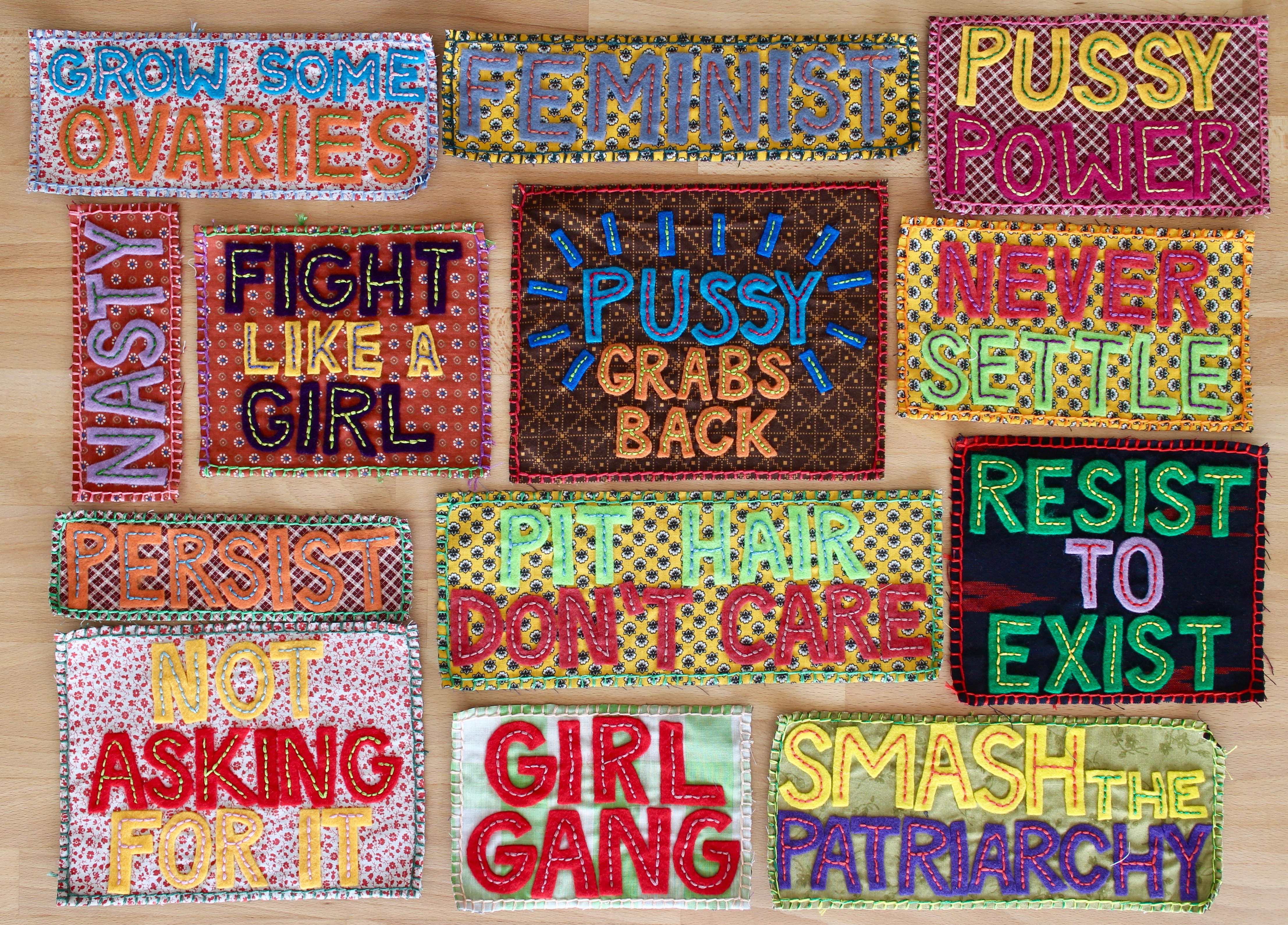
“Art is essential, be it the visual arts, music, theater, etc. It is the only way we are able to express what the human condition means. It is a way to show emotion that cannot be described with words. Art can be whatever you need it to be, as long as you give it a chance.”

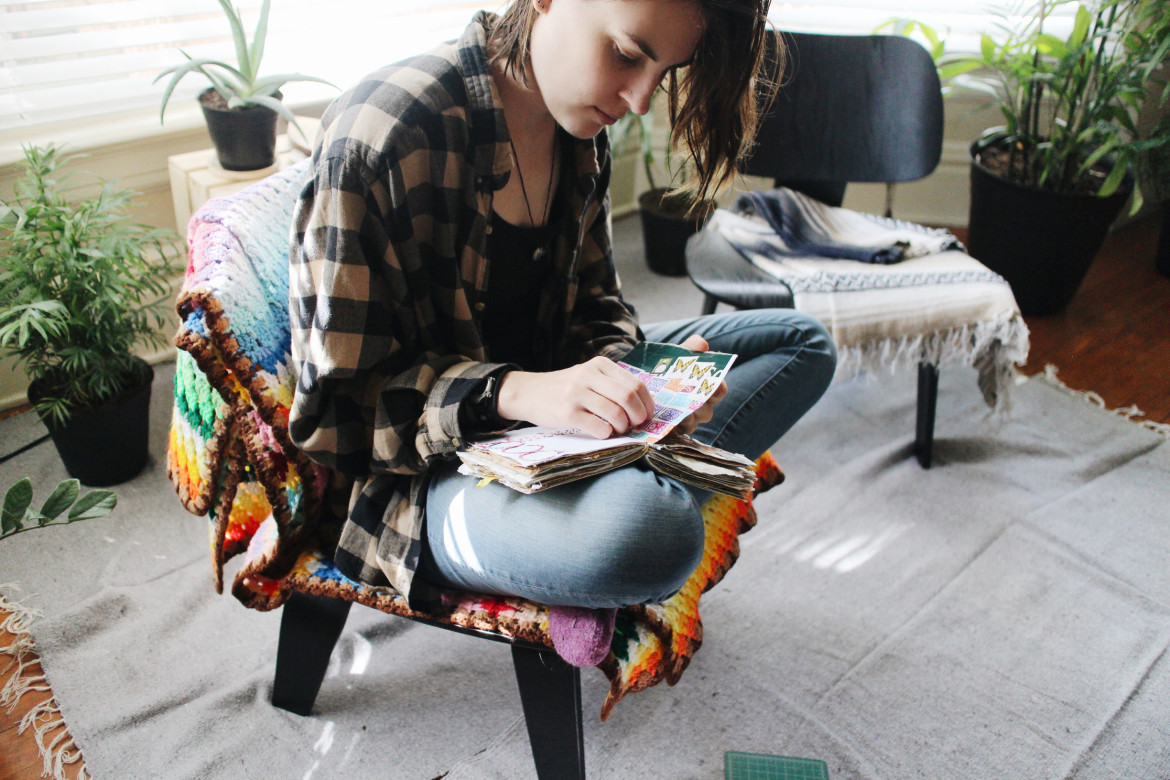





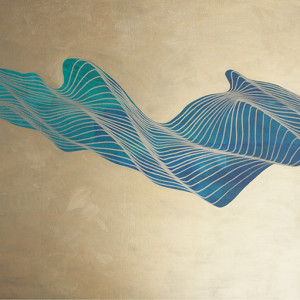
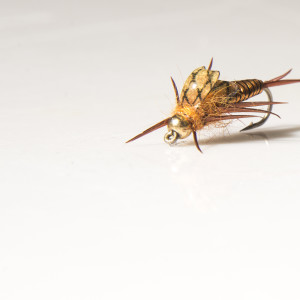
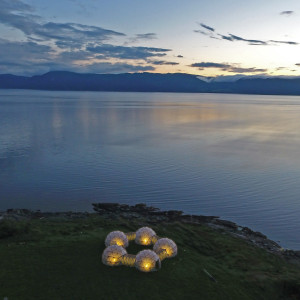
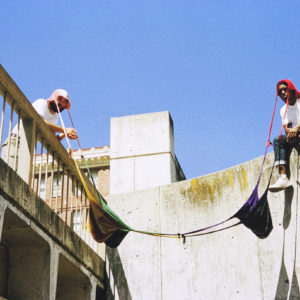
Leave a reply